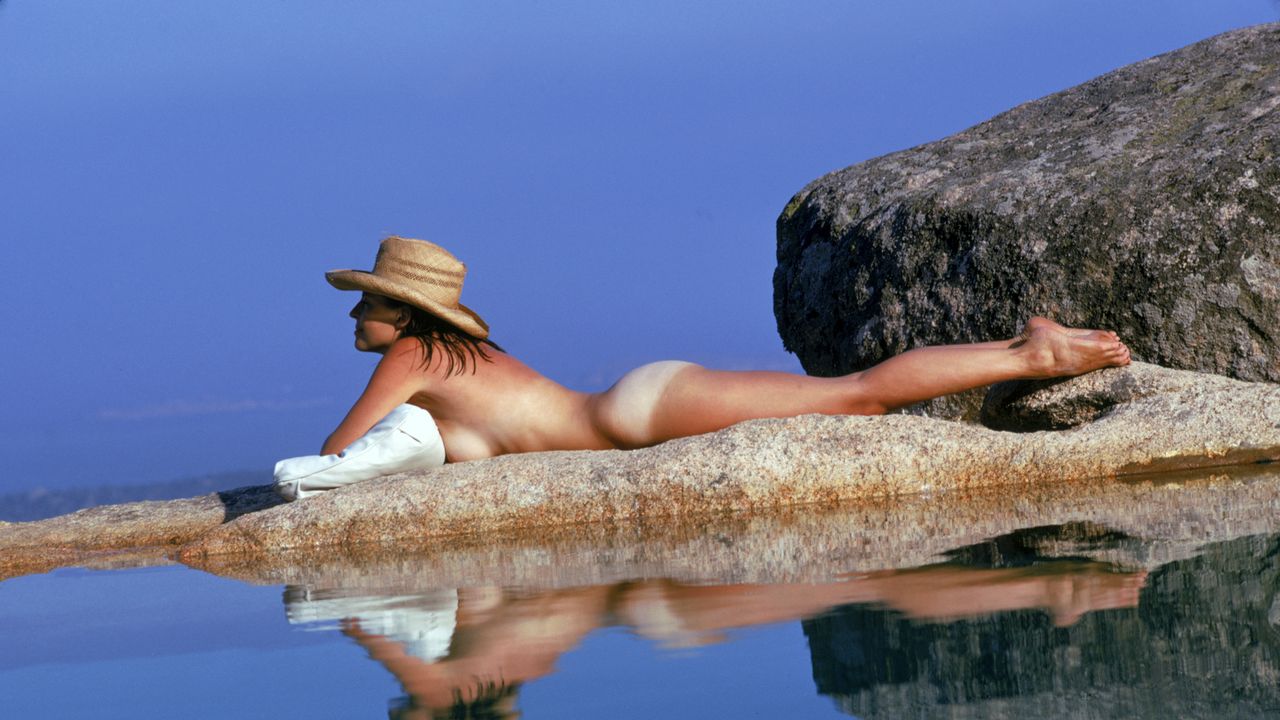The subtle demarcation of a tan line, far from being a mere byproduct of sun exposure, is making a significant comeback, resurfacing a century of intricate beauty politics and shifting societal perceptions around beauty standards. This seemingly simple aesthetic serves as a fascinating lens through which to examine broader cultural trends, revealing how even the most subtle physical marks can carry profound socio-cultural weight, intertwining with notions of class, health, and personal expression. As we witness its contemporary resurgence, it’s clear the tan line is more than just a fleeting fashion statement; it’s a nuanced continuation of a long-standing dialogue about identity and appearance.
Historically, the preference for a pristine, pale complexion reigned supreme across many Western societies, serving as a powerful indicator of social status and wealth. This ideal distinguished the leisured elite, whose lives were largely confined indoors or shaded, from the working classes who toiled outdoors under the sun. A sun-kissed visage was often associated with manual labor, a mark to be avoided by those aspiring to or maintaining high societal standing. This deeply ingrained perception underscored a prevailing beauty standard where an unblemished, alabaster skin tone symbolized refinement and luxury, shaping perceptions of attractiveness for centuries.
The early 20th century, however, marked a pivotal transition in these long-held ideals, spurred by burgeoning health movements advocating for the therapeutic benefits of sun exposure and the burgeoning popularity of outdoor leisure activities. Figures like Coco Chanel are often credited with popularizing the bronzed look in the 1920s, accidentally or otherwise, transforming the once-stigmatized tan into a symbol of modernity, vitality, and adventurous spirit. This dramatic shift in cultural trends laid the groundwork for the widespread embrace of sunbathing, ushering in an era where a sun-kissed glow became synonymous with good health and fashionable living, fundamentally altering perceptions of desirable skin.
As the embrace of sunbathing deepened, so too did the significance of the tan line itself, evolving from an accidental mark to a deliberate aesthetic statement. The advent of new swimwear designs, particularly the bikini in the mid-20th century, played a crucial role in accentuating these lines, turning them into visible declarations of summer adventures and a fashionable commitment to the tanned ideal. These distinct marks became almost trophies, showcasing time spent under the sun and reinforcing a particular body image. The strategic creation or display of tan lines became intertwined with personal style, reflecting a playful interaction with the body and fashion.
The commercial landscape quickly adapted to this evolving aesthetic, with the tanning industry blossoming to cater to a widespread desire for bronzed skin, even in the absence of natural sun. Tanning lotions, oils, and later, tanning beds, became ubiquitous, promising an achievable glow regardless of climate or lifestyle. Yet, alongside this commercialization, increased awareness regarding the detrimental effects of excessive UV exposure on skin care began to emerge. This shift led to a fascinating dichotomy: while the desire for a tanned appearance persisted, the methods diversified, with many turning to sunless tanning products to achieve the desired effect without compromising skin health, adding another layer to the complex interplay of beauty and wellness.
Today’s resurgence of the tan line is not simply a nostalgic revisiting of past trends but a nuanced continuation of this long-standing dialogue. In an era increasingly focused on body positivity and self-expression, the tan line can be seen as a celebration of natural form and experience, a visible narrative of time spent outdoors. It reflects a reclaiming of the body and its unique marks, challenging rigid beauty standards and embracing individuality. This contemporary interpretation underscores how even the most subtle physical marks continue to be powerful sites for cultural commentary, reflecting ongoing conversations about autonomy, authenticity, and the ever-evolving landscape of aesthetic ideals.
Discover more from The Time News
Subscribe to get the latest posts sent to your email.






